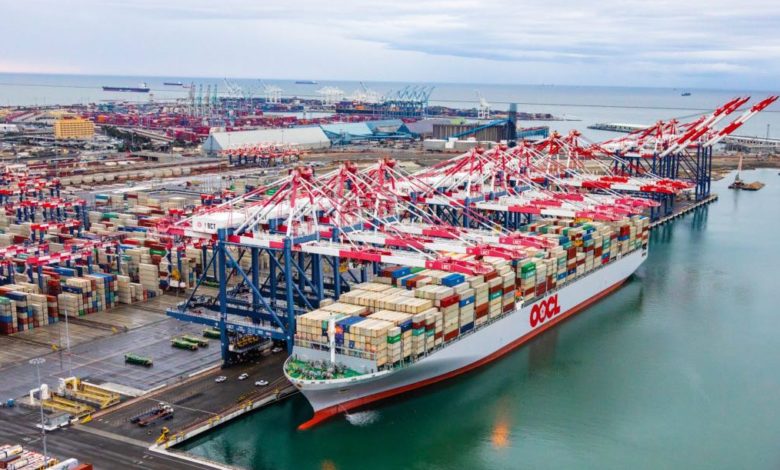White House urged to switch port spending focus to the west coast

The head of the port of Los Angeles has asked the federal government to switch priorities in terms of port investment areas to help alleviate supply chain crunches hitting the nation’s retailers.
Speaking with Bloomberg Television yesterday, Gene Seroka, the port’s executive director, claimed the government has spent approximately $11bn in the eastern Gulf coast compared with roughly $1bn in the west coast over the past decade.
“That’s got to change,” Seroka said, going on to provide some updated relevant data affecting port operations at his port, which has been battling its busiest backlog of containers all year long.
Only 50% of registered truck drivers are calling to the port at least once a week, said Seroka. He said 30% of truck appointments go unused every day.
The executive director of the Port of Long Beach, also warned on Monday of an industry “crisis” over supply chain disruptions.
Mario Cordero told Fox News that the supply chain situation in southern California is in a “crisis mode”.
The entire system grinds to a halt because it was never going to be capable of absorbing a 20-30% increase in consumer demand
Both ports have this month expanded the hours during which trucks can pick up and return containers as part of their efforts to improve freight movement and reduce delays through the ports as they continue to experience record volumes.
Interview by Splash earlier this month, Andy Lane from CTI Consultancy, a container advisory, cited both archaic US logistics infrastructure as well as the near impossibility for retailers to have prepared for such a see-saw in demand as Covid presented as the two largest factors in today’s snarled container situation.
“US supply chains and logistics systems are frail, but to balance that, no one would ever maintain more than say 15-20% capacity latency, which would be cost prohibitive in normal times,” Lane said.
Ports cannot keep up with the pace of increased import demand over a sustained period, neither can intermodal capabilities and lastly warehouses and DCs.
“The entire system grinds to somewhat of a halt, because it was never going to be capable of absorbing a 20-30% or more increase in consumer demand,” Lane said.

